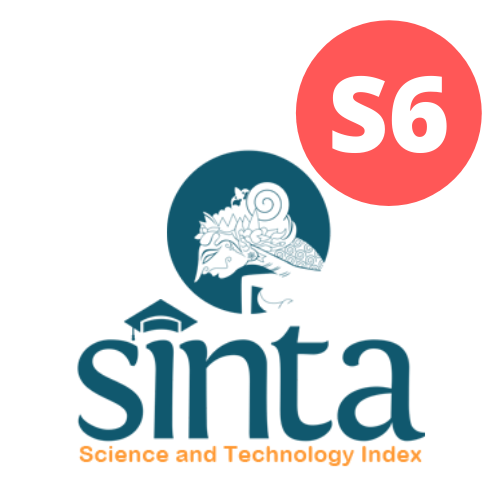PENERAPAN TERAPI WATER TEPID SPONGE TERHADAP PENURUNAN SUHU TUBUH PADA KASUS KEJANG DEMAM SEDERHANA (KDS)
Abstract
Febrile seizure is the most common neurological disorder found in children, especially in those aged 6 months to 4 years. Febrile seizures can be dangerous if high fever is not promptly managed as it can lead to brain tissue hypoxia and ultimately brain damage. Water tepid sponge therapy has shown effective results in lowering body temperature in patients with febrile seizures. Objective: To determine the outcome of implementing Water Tepid Sponge therapy on body temperature due to fever. This research method is a descriptive case study, involving a series of nursing processes on individuals including assessment, diagnosis, intervention, implementation, and evaluation. The research subjects were selected based on inclusion and exclusion criteria. One subject meeting the criteria was chosen for the intervention. The application of non-pharmacological hyperthermia management using water tepid sponge was conducted for 3 days. The management resulted in a temperature decrease from 38.9°C to 37.9°C. It can be concluded that children with above-normal temperatures require prompt and appropriate intervention. Water tepid sponge therapy has shown effective results in lowering body temperature in patients with febrile seizures.










